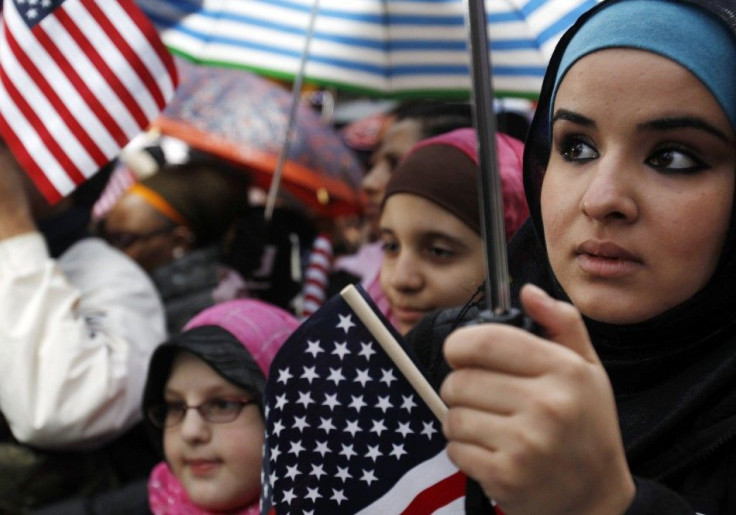A portrait of American Muslims

As Congressman Peter King conducts hearings on Islamic radicalization in the U.S., the nation’s growing Muslim community is coming under the microscope.
International Business Times spokes to Peter Skerry about the Muslim community in the U.S.
Skerry is Professor of Political Science at Boston College and Nonresident Senior Fellow at the Brookings Institution, where his research focuses on social policy, racial and ethnic politics, and immigration.
IBTIMES: How many Muslims are there in the U.S. today?
SKERRY: It’s hard to state exactly since the US Census Bureau isn’t permitted to collect data on religion. But estimates by demographers on their numbers range from 2-million to 3-million – that is, less than 1 percent of the total population.
However, I should say that most Muslim-Americans I’ve talked to think that figure is an under-estimate.
IBTIMES: Are Muslims the fastest-growing minority group in the U.S?
SKERRY: That’s also hard to estimate, but they are clearly growing in size. But many minority groups are also rapidly increasing in size, particularly Hispanics, who form a much larger segment of the population.
In any case, there are far fewer Muslims in the U.S. compared to Western Europe [for example, there are at least 5-million Muslims in France alone.]
However, what is perhaps more relevant politically in a society in which different groups inevitably compete for attention and influence is the number of Muslims versus the number of Jews in the U.S. There are currently more Jews than Muslims in the U.S., but in the future that can change since Muslims have a higher birth rate and continue to migrate here; while Jews are concerned that they are losing people through intermarriage and assimilation.
IBTIMES: Are most U.S. Muslims of Middle Eastern descent?
SKERRY: Not at all; Muslims in the U.S. form an extremely diverse and polyglot community. I would say that generally speak, one-third of the Muslim community are black Americans who have converted to Islam (or descendants thereof); another third are of Middle Eastern/Arab/Iranian descent; and another third come from South Asia (India, Pakistan, Bangladesh). [According to the Arab American Institute, 63 percent of Arab-Americans are Christian and only 24 percent are Muslim.]
IBTIMES: Immigrants from Lebanon and Syria first came to US more than 100 years ago. But were the original immigrants mostly Christians? Or were Muslims part of that migration as well?
SKERRY: The huge majority of those early immigrants were Christians. As the Ottoman Empire was breaking up, Muslims were reluctant to migrate to non-Muslim countries and the Ottoman rulers were not eager to see them go anyway.
But there is some evidence that Muslims were part of that exodus, however.
IBTIMES: Why does Detroit Michigan have a high concentration of Arabs and Muslims?
SKERRY: The original influx of Arabs was very working-class and/or rural villagers, like most other immigrant groups. They came to Detroit because Henry Ford recruited them to work at his auto company. Other cities, including Toledo, Ohio and Schenectady, NY also have long history of Arab settlements.
© Copyright IBTimes 2024. All rights reserved.




















